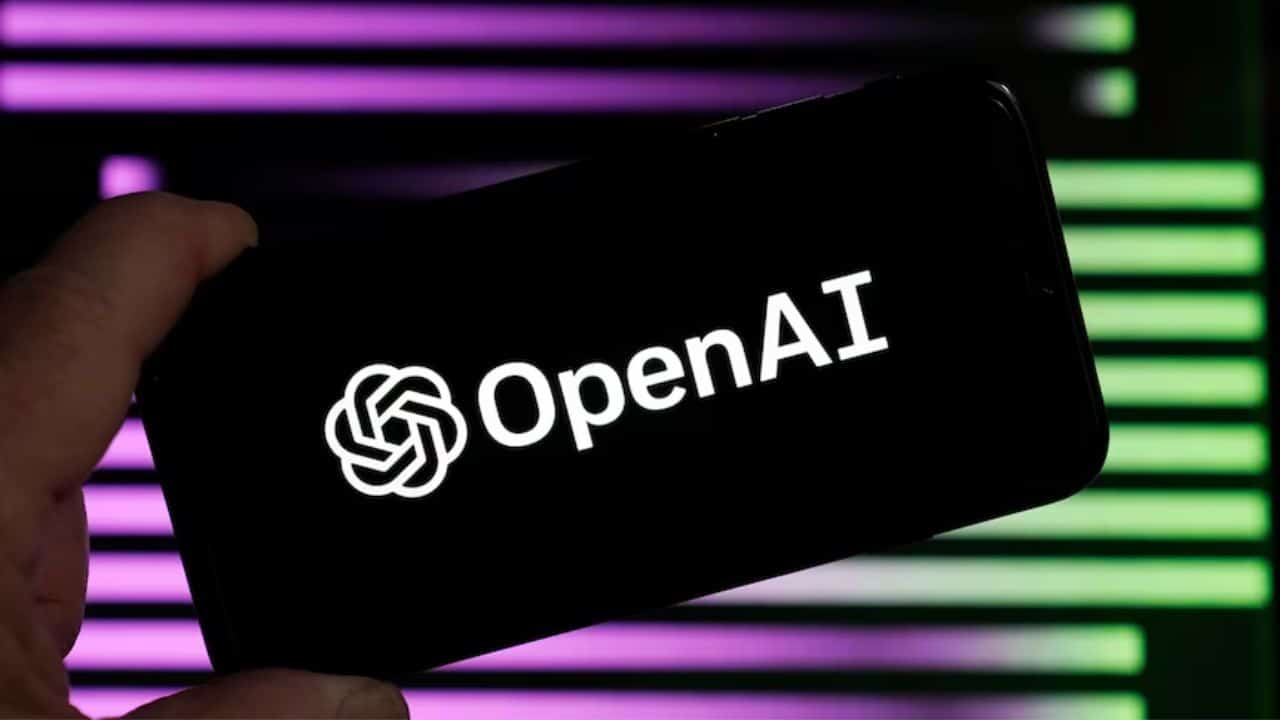OpenAI has officially announced its much-anticipated entry into the search market with the launch of SearchGPT. This innovative AI-powered search engine promises to revolutionize the way we access and interact with information online. Unlike traditional search engines that provide a list of links, SearchGPT aims to deliver organized, context-rich responses to user queries, making information retrieval more intuitive and insightful.
How SearchGPT Works
When users visit SearchGPT, they are greeted with a large textbox that prompts them to enter their query with the question, “What are you looking for?” This approach encourages users to ask natural, conversational questions. Upon receiving a query, SearchGPT doesn’t just return a standard list of hyperlinks. Instead, it organizes the results and provides a coherent summary of the information found.
For example, if a user searches for information on music festivals, SearchGPT will offer concise descriptions of various events, including dates, locations, and notable performers, followed by links for further details. This method not only saves users time but also provides a clearer overview of the topic. In another instance, a query about when to plant tomatoes might yield a detailed explanation of the best planting times, tips for different climates, and a breakdown of various tomato varieties. Users can then ask follow-up questions or explore additional related topics through a sidebar of relevant links.
Features and Access
One of the standout features of SearchGPT is its “visual answers” capability. Although OpenAI has not yet disclosed the specifics of how this feature works, it is expected to enhance the user experience by providing visual summaries and data representations where applicable.
Currently, SearchGPT is still in its prototype phase. Access to this new search engine will initially be limited to 10,000 test users. According to Kayla Wood, a spokesperson for OpenAI, SearchGPT is powered by the GPT-4 family of models, which are renowned for their advanced language understanding and generation capabilities. OpenAI is collaborating with various third-party partners and leveraging direct content feeds to ensure the search results are accurate, comprehensive, and up-to-date. The ultimate goal is to integrate SearchGPT’s features directly into ChatGPT, creating a seamless experience for users.
A New Competitor for Google
The introduction of SearchGPT represents a significant challenge to Google, the dominant player in the search engine market. Google has been rapidly incorporating AI features into its search engine in response to growing competition from AI-driven technologies. SearchGPT’s launch signifies a direct threat, as it offers innovative tools that could attract users seeking more intelligent and organized search results.
Additionally, SearchGPT places OpenAI in direct competition with Perplexity, a startup that markets itself as an AI “answer” engine. Perplexity has faced backlash for its AI summaries feature, with accusations from publishers of copying and misattributing their content. OpenAI appears to have taken these criticisms into account, aiming to avoid similar pitfalls.
OpenAI’s Approach to Content Attribution
OpenAI has emphasized its commitment to ethical content attribution and collaboration with news partners. In a blog post, the company highlighted that SearchGPT was developed in consultation with several major news organizations, including The Wall Street Journal, The Associated Press, and Vox Media. These partners provided valuable feedback during the development process, and OpenAI continues to seek their input to refine the search engine’s capabilities.
Publishers will have the option to manage how their content appears in SearchGPT’s search results. They can choose to exclude their content from being used to train OpenAI’s models while still allowing it to be displayed in search results. This approach aims to respect the rights of content creators and ensure proper attribution. OpenAI ensures that SearchGPT prominently cites and links to original sources, helping users connect directly with publishers. Responses include clear, in-line attributions and links, so users know where the information originates and can explore additional results through a sidebar of source links.
Prototype Benefits and Challenges
Releasing SearchGPT as a prototype offers several strategic advantages for OpenAI. It allows the company to gather user feedback and refine the search engine’s capabilities before a wider release. This approach also provides a buffer for potential issues. If SearchGPT’s results are incorrect or problematic, as seen with Google’s AI Overviews that erroneously suggested putting glue on pizza, the prototype label makes it easier to address and correct such errors.
There’s also the challenge of ensuring accurate attribution and avoiding the unauthorized use of content. Perplexity faced significant criticism for allegedly copying articles without proper credit. OpenAI’s emphasis on collaboration with news partners and transparent attribution aims to mitigate these risks.
Development and Industry Impact
The development of SearchGPT has been the subject of speculation for months. Reports from The Information in February and Bloomberg in May provided early insights into OpenAI’s plans. During this time, OpenAI has been actively recruiting talent from Google to build its search team, underscoring its commitment to creating a competitive search engine.
Some users on social media platforms, particularly X (formerly Twitter), noticed a new website hinting at OpenAI’s move into the search market. This gradual buildup has generated considerable anticipation and excitement within the tech community.
Connecting ChatGPT to the Real-Time Web
OpenAI has been progressively enhancing ChatGPT’s ability to interact with real-time web information. When GPT-3.5 was released, it quickly became outdated due to the static nature of its training data. To address this, OpenAI introduced a browsing feature called Browse with Bing last September. However, this feature was relatively basic compared to the comprehensive capabilities of SearchGPT.
Financial Implications and Future Plans
While OpenAI’s advancements have attracted millions of users, the company faces significant financial challenges. According to The Information, OpenAI’s AI training and inference costs could reach $7 billion this year. The high volume of users on the free version of ChatGPT further drives up compute costs. SearchGPT will be free during its initial launch, and with no ads currently integrated, OpenAI will need to develop a monetization strategy to sustain the service.
SearchGPT represents a bold step forward in the evolution of AI-powered search technology. By providing organized, insightful search results and prioritizing ethical content attribution, OpenAI aims to enhance the user experience and foster positive relationships with content creators. As SearchGPT transitions from prototype to a fully integrated feature within ChatGPT, it has the potential to become a significant competitor in the search engine market, challenging established players like Google and pioneering new standards for intelligent information retrieval.




































